
Ingredient
Fruit liqueur
A Burst of Fruity Delight: Exploring the World of Fruit Liqueurs
Fruit liqueur is a sweet and flavorful alcoholic beverage made by infusing fruits, such as berries, citrus, or stone fruits, in a base spirit, typically vodka or brandy. It is characterized by its vibrant colors, intense aromas, and rich, fruity taste. The texture of fruit liqueur is smooth and syrupy, with a slight viscosity that coats the palate. Its appearance varies depending on the fruit used, ranging from deep reds and purples to bright yellows and oranges.
Origins and history
The origins of fruit liqueurs can be traced back to ancient civilizations, where fruits were fermented to create alcoholic beverages. However, the modern production of fruit liqueurs began in Europe during the Middle Ages, with monks and herbalists experimenting with infusing fruits and herbs in spirits for medicinal purposes. Over time, fruit liqueurs gained popularity as a luxurious indulgence and became an integral part of European culinary traditions.
Nutritional information
Fruit liqueurs are primarily consumed for their flavor rather than their nutritional value. They typically contain around 100-150 calories per serving, with negligible amounts of protein, fat, and carbohydrates. However, it is important to note that fruit liqueurs are alcoholic beverages and should be consumed in moderation.
Allergens
Fruit liqueurs may contain allergens such as sulfites, which are commonly used as preservatives. Individuals with sulfite allergies should exercise caution when consuming fruit liqueurs and check the label for any potential allergens.
How to select
When selecting fruit liqueurs, look for brands that use high-quality fruits and natural ingredients. Check the label for the percentage of fruit content, as a higher percentage indicates a more authentic and flavorful liqueur. Additionally, opt for brands that use traditional production methods and avoid artificial additives or flavors.
Storage recommendations
To maintain the freshness and quality of fruit liqueur, store it in a cool, dark place away from direct sunlight. Once opened, tightly seal the bottle to prevent oxidation and store it in the refrigerator. Proper storage will help preserve the flavors and extend the shelf life of the liqueur.
How to produce
Producing fruit liqueur at home requires infusing fruits in a base spirit, such as vodka or brandy, and allowing the flavors to meld over time. Amateur producers can experiment with different fruits, herbs, or spices to create their own unique liqueur recipes. However, it is important to follow proper safety guidelines and ensure that the ingredients are properly sanitized to prevent contamination.
Preparation tips
Fruit liqueurs can be enjoyed in a variety of ways. They are commonly used as a base for cocktails, adding a burst of fruity flavor to classics like margaritas or martinis. Fruit liqueurs also elevate desserts, such as drizzling over cakes or mixing into ice creams. For savory applications, they can be used to deglaze pans or create flavorful sauces for meats. Experiment with different combinations and ratios to find the perfect balance of sweetness and fruitiness in your recipes.
Culinary uses
Fruit liqueurs are widely used in mixology to create vibrant and flavorful cocktails. They can also be incorporated into desserts, such as fruit tarts, sorbets, or fruit compotes, to enhance the natural fruit flavors. Additionally, fruit liqueurs can be used to infuse flavor into sauces, marinades, or glazes for savory dishes, adding a unique twist to traditional recipes.
Availability
Fruit liqueurs are commonly available in liquor stores, specialty stores, and online retailers worldwide. They are produced in various countries, including France, Italy, Germany, and the United States.
More ingredients from this category

Coffee liqueur
The Bold Elixir
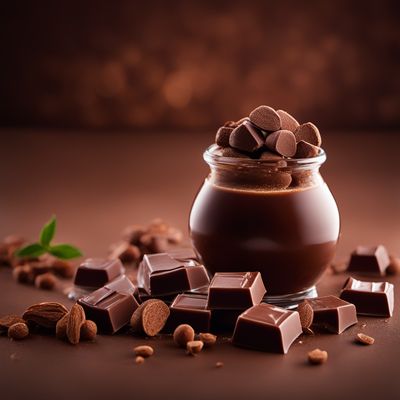
Chocolate liqueur
Decadent Cocoa Elixir
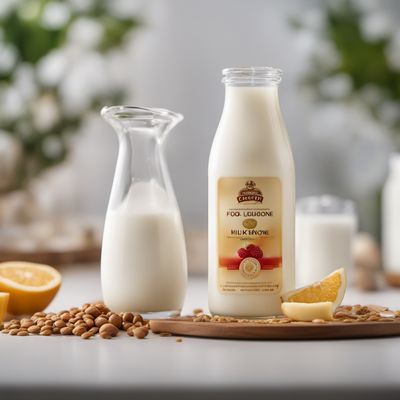
Milk liqueur
Velvety Elixir: Exploring the World of Milk Liqueur

Coconut cream liqueur
Tropical Delight: Exploring the World of Coconut Cream Liqueur

Egg liqueur
The Creamy Indulgence: Egg Liqueur
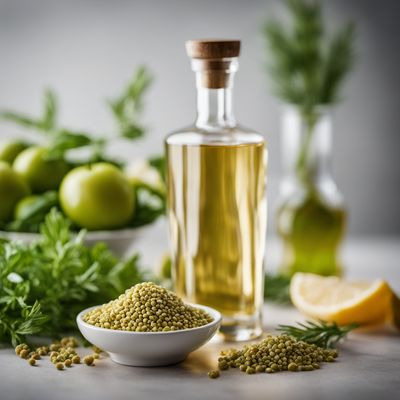
Herb liqueur
Enchanting Elixir: Unveiling the Magic of Herb Liqueur
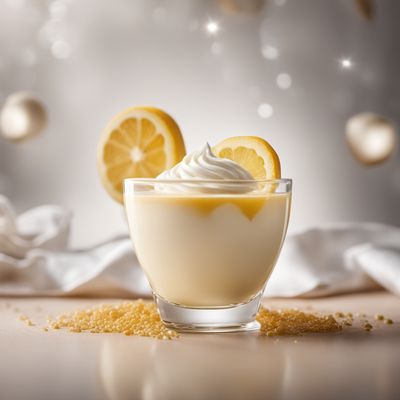
Cream liqueur
Velvety Indulgence: Cream Liqueur
Recipes using Fruit liqueur
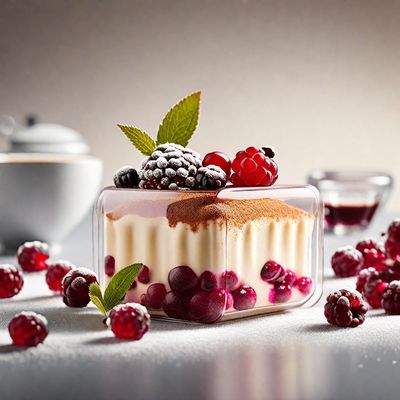
New Nordic Tiramisù
Nordic Twist Tiramisù: A Modern Take on the Classic Italian Dessert
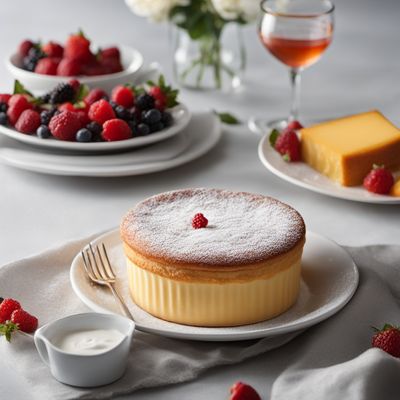
Grand Marnier Souffle
Fluffy Citrus Delight: Grand Marnier Souffle
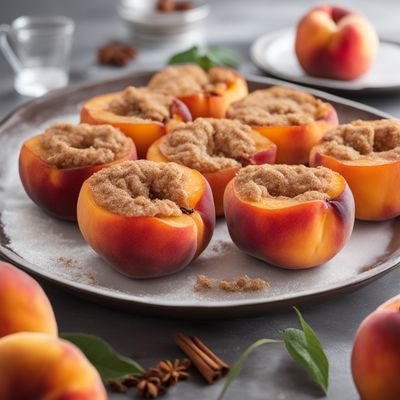
Baked Peaches with Amaretto and Mascarpone
Amaretto-infused Baked Peaches: A Delightful Italian Dessert

Sachertorte
Sachertorte à la française
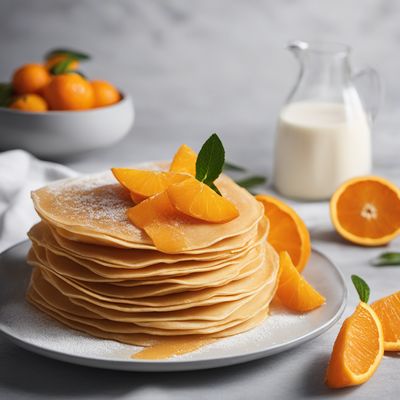
Classic French Crêpes Suzette
Citrus-infused Delight: Crêpes Suzette